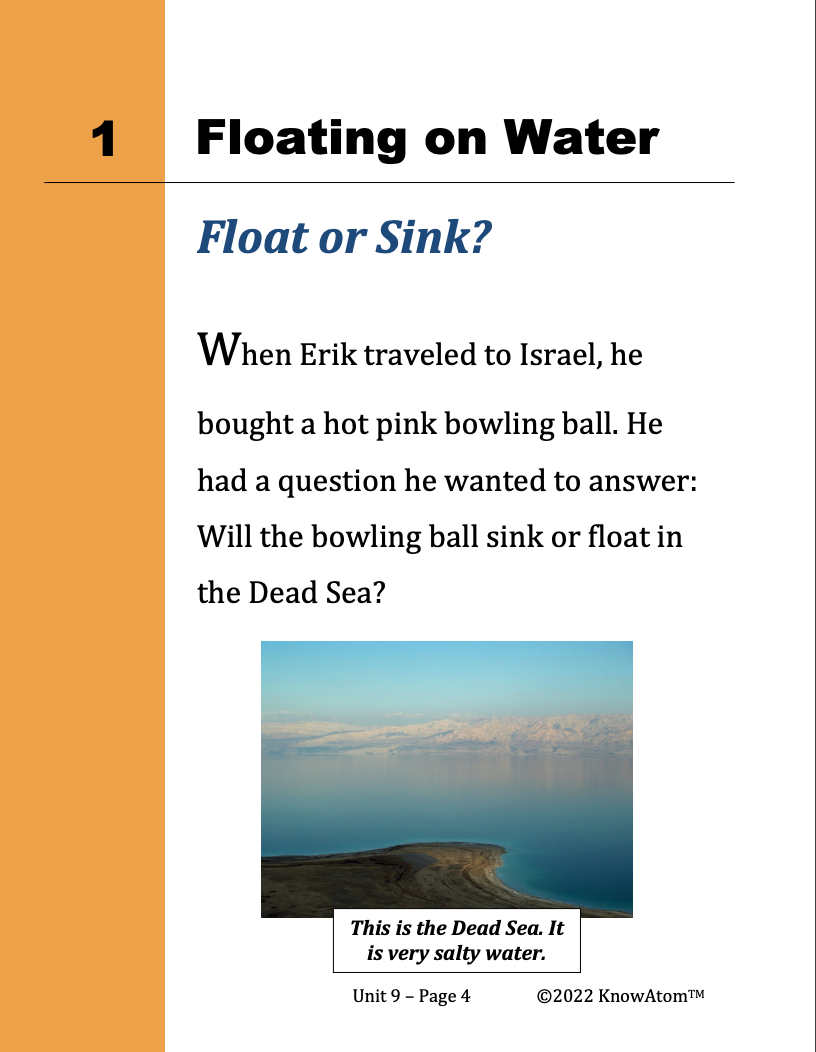
In this unit, students investigate what makes an object float or sink, exploring the science phenomena of properties of objects that float and sink. This page is a high-level extract of the last lesson in 2nd grade that has students applying their knowledge about the relationship between an object’s properties and its ability to float.
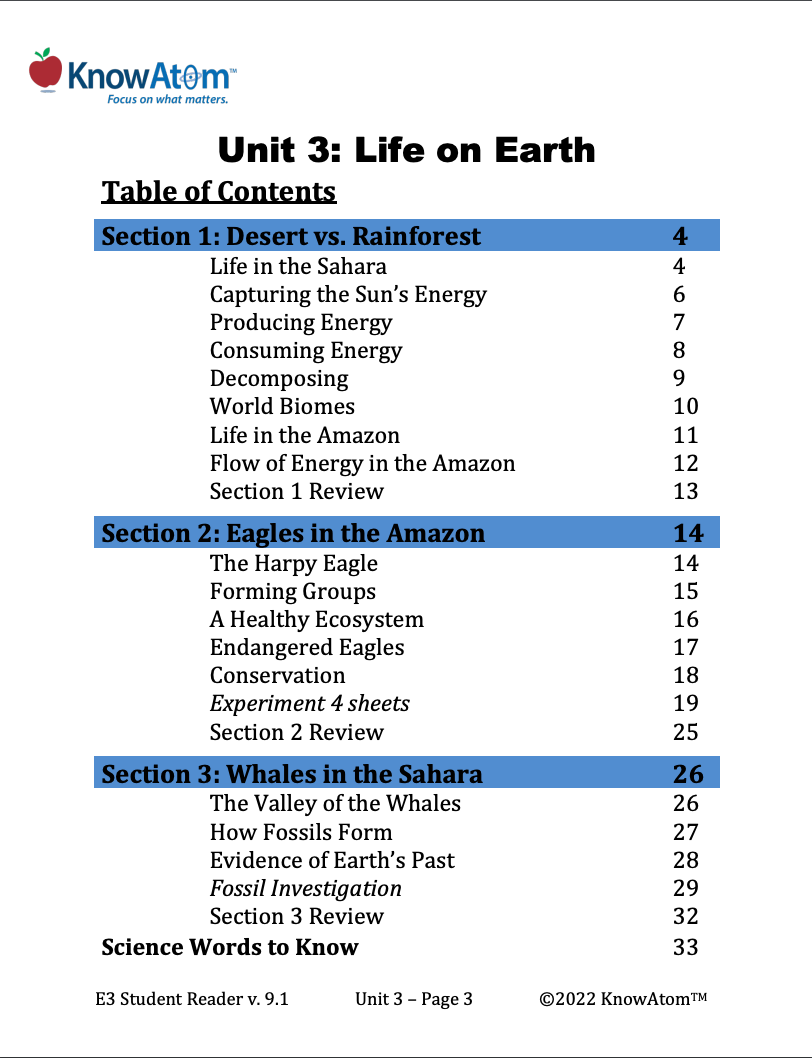
In this unit, students explore the science phenomena of the interdependence of living things and their environment as they analyze how individual organisms are suited to their particular environment. In this lesson, students evaluate how Earth’s biomes have changed over geologic time, studying fossils for clues of the past.
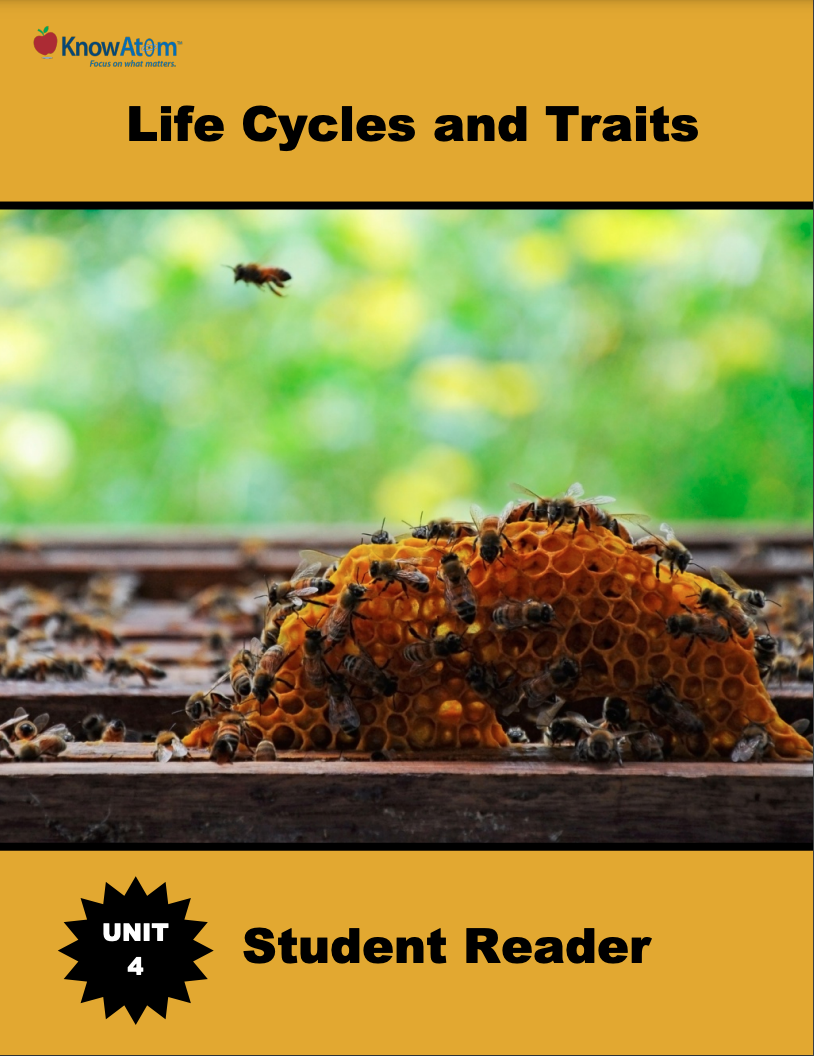
In this unit, students focus on individual organisms, analyzing the science phenomena of life cycles and the inheritance of traits. This lesson has students observing the patterns caused by the changes an organism goes through as it moves through its life cycle. This page is a high-level extract from the first lesson in this unit.
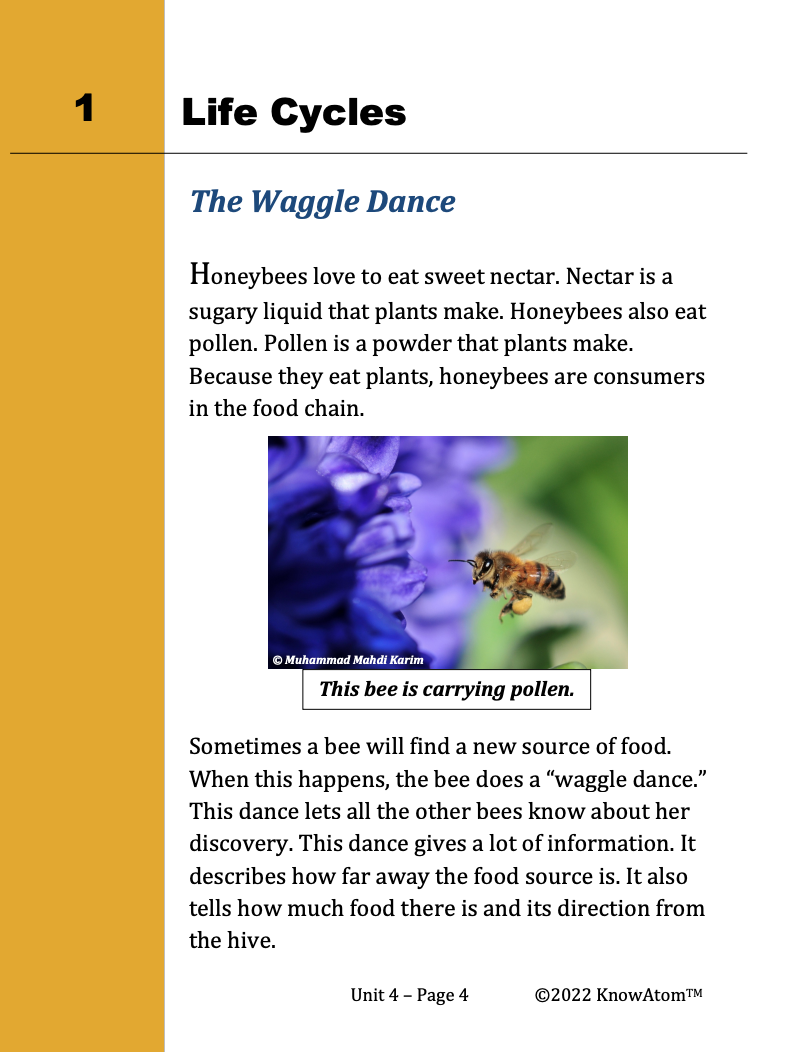
In this unit, students discover the life cycles of different organisms, tracing how individuals move from birth to growth, reproduction, and death. In this lesson, students analyze the science phenomena of how traits are passed down from parent to offspring. This page provides an overview of all the parts of this lesson.
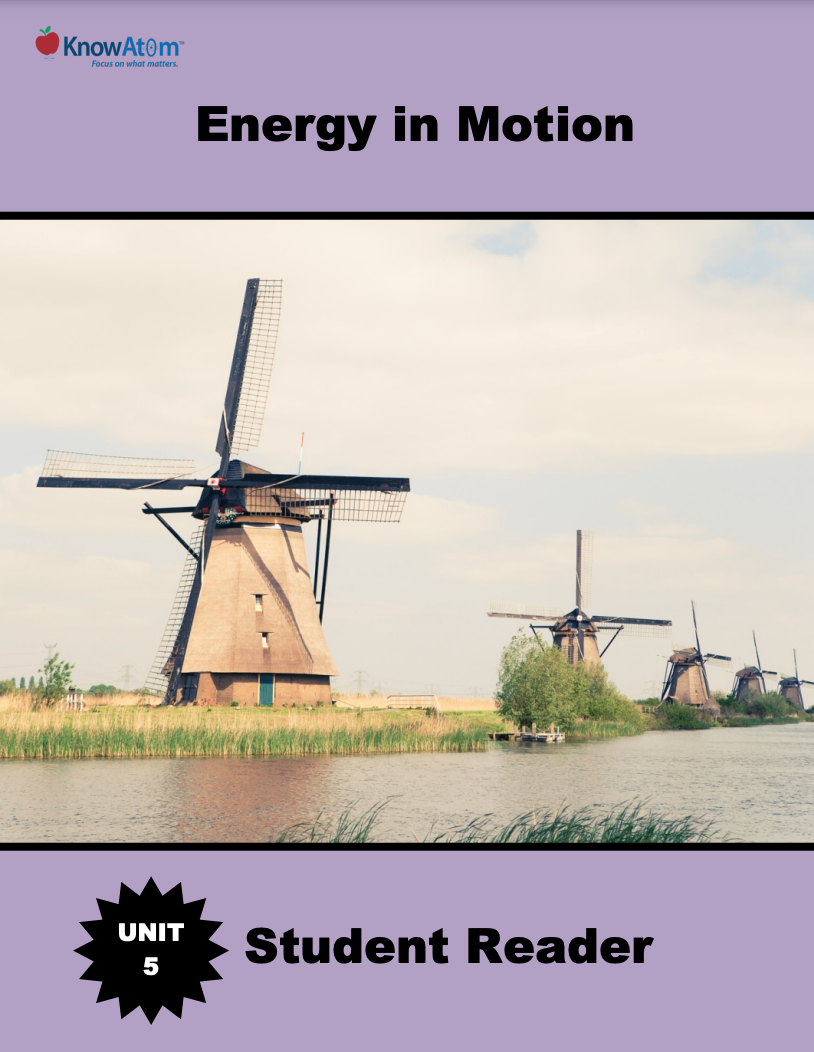
In this unit, students bring together what they have learned about the interactions of energy and matter to explore the science phenomena of relationships between energy, force, and motion. In this lesson, they investigate how windmills transfer the kinetic energy in wind so that it can be used to do work, and then use that knowledge to analyze balanced and unbalanced forces.
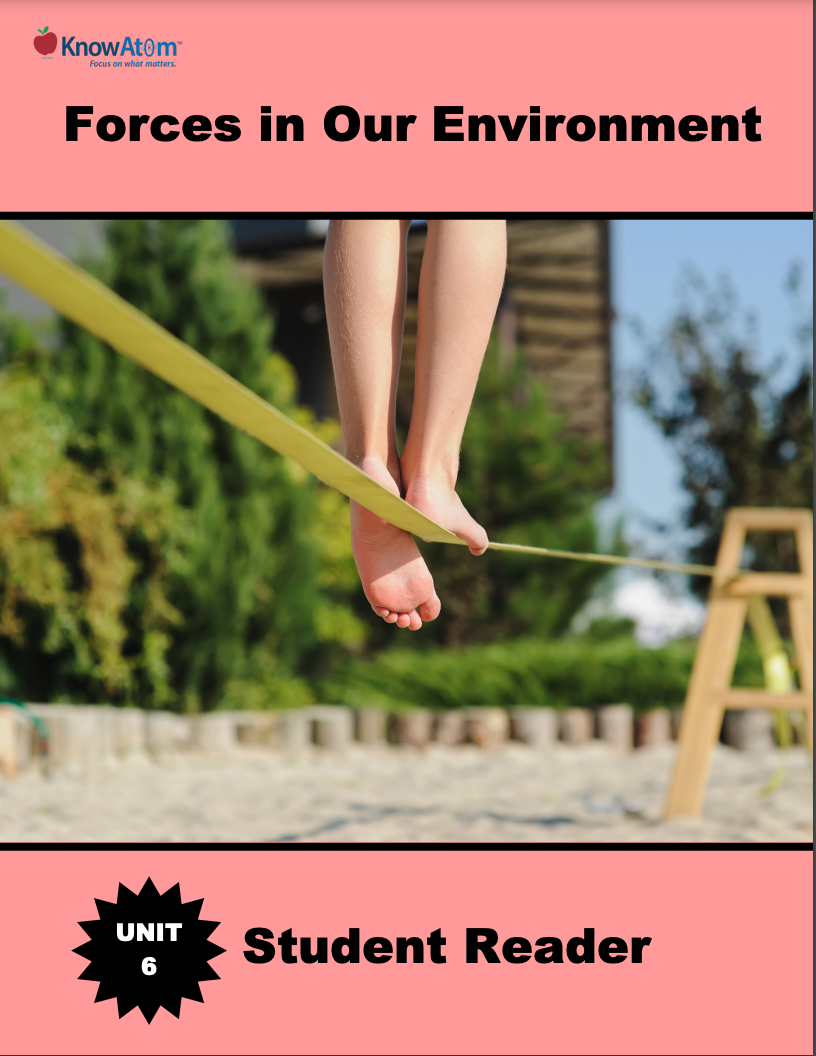
In this unit, students continue to explore the science phenomenon of forces, analyzing how structures have to be able to withstand all of the forces that act on them. Students begin by testing different materials and shapes to see how they respond to different types of forces.
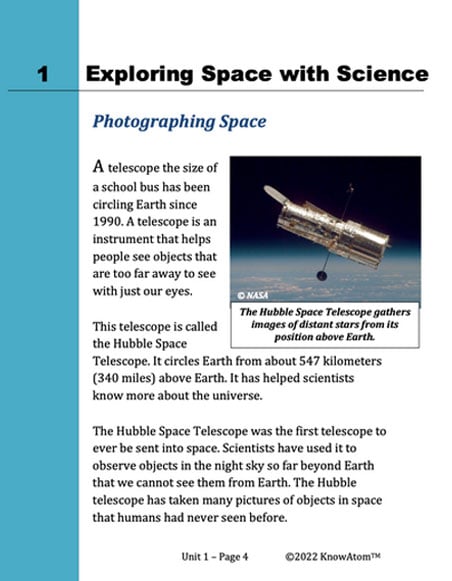
In this unit, students explore the science phenomena of how all matter in the universe is made up of different combinations of atoms formed from chemical reactions. In this lesson, students use scale models to compare properties of the Sun, Moon, and Earth. This page is a high-level extract of this lesson.
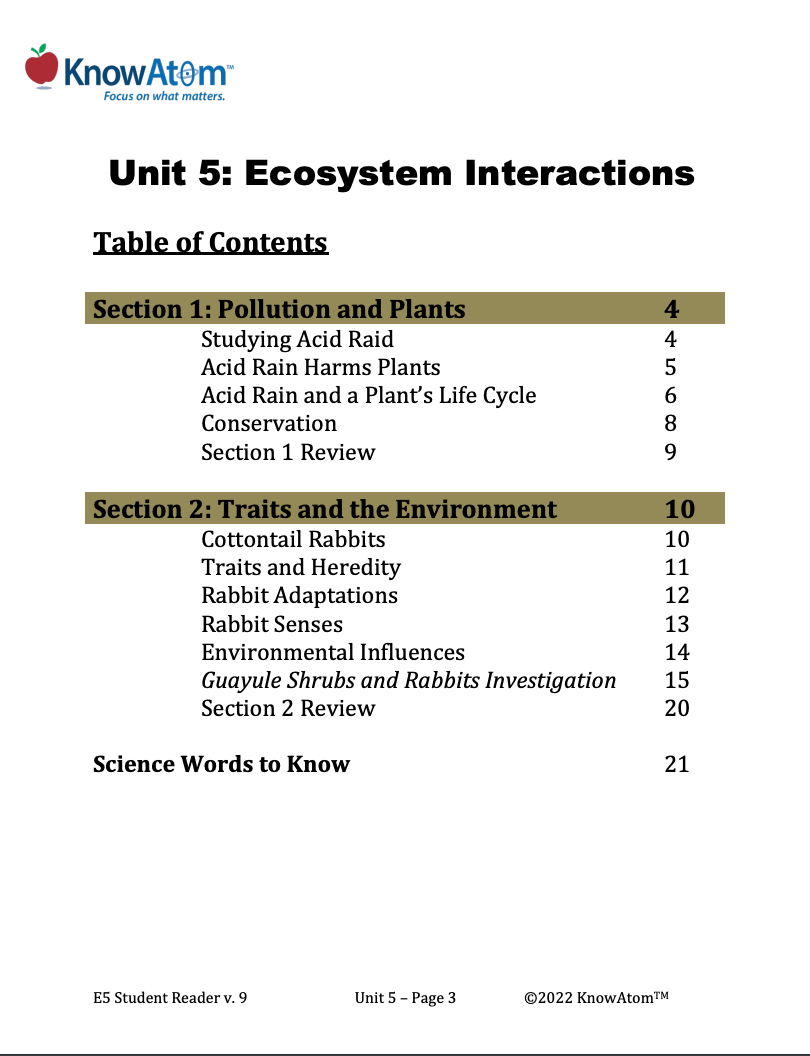
In this unit, students evaluate the science phenomena of how a change to an ecosystem can impact the living things that make it up. In this lesson, students explore how a change to the kind of plants in an environment results in a ripple effect phenomena on predation in the area. This page is a high-level extract of this lesson.
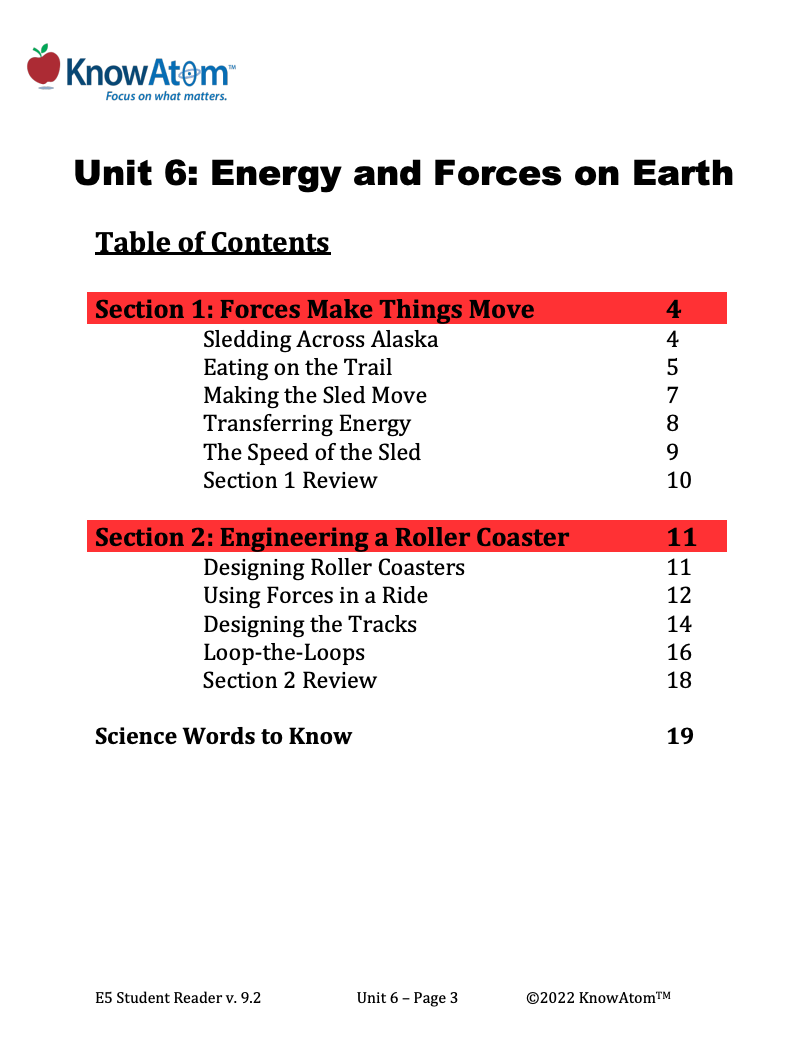
In this unit, students use sleds and roller coasters to explore the relationship between energy, forces, and motion. In this lesson, students apply what they know about energy and forces to engineer a roller coaster. This page is a high-level extract of this lesson.
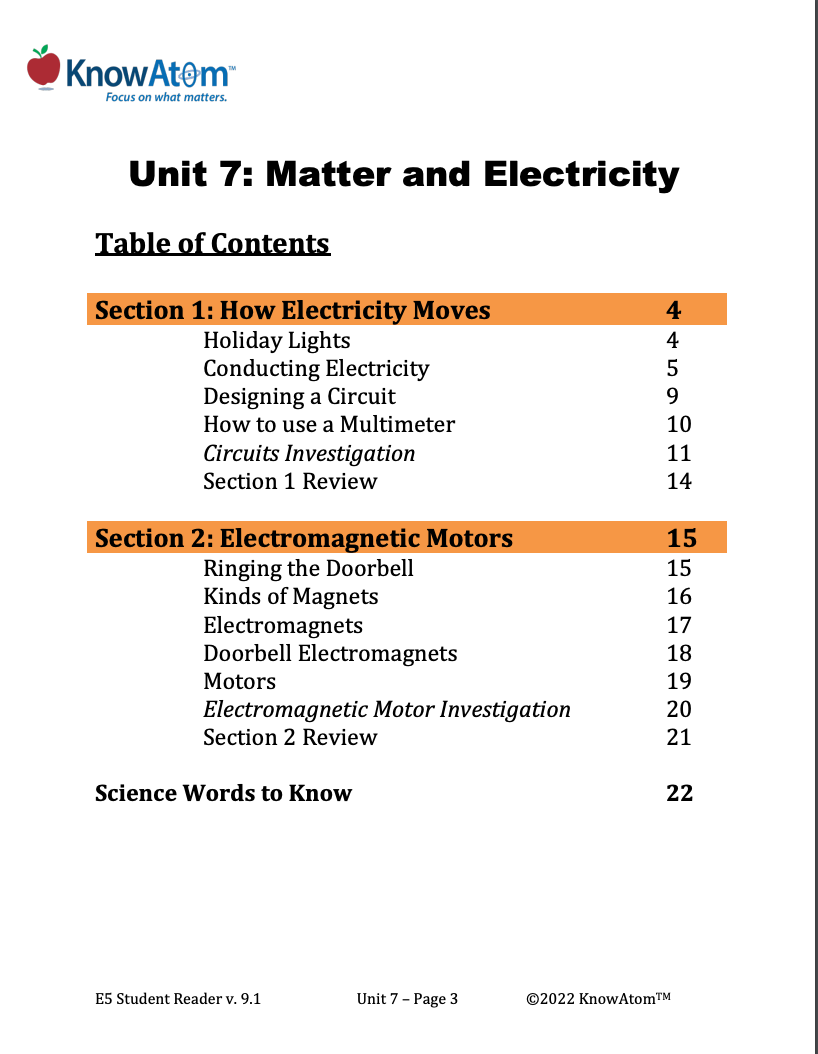
In this unit, students explore the science phenomenon of electric currents and electrical energy. In this lesson, students figure out energy transfers, electricity, and circuits in the context of an electromagnetic motor system. This page showcases each key section of this lesson.
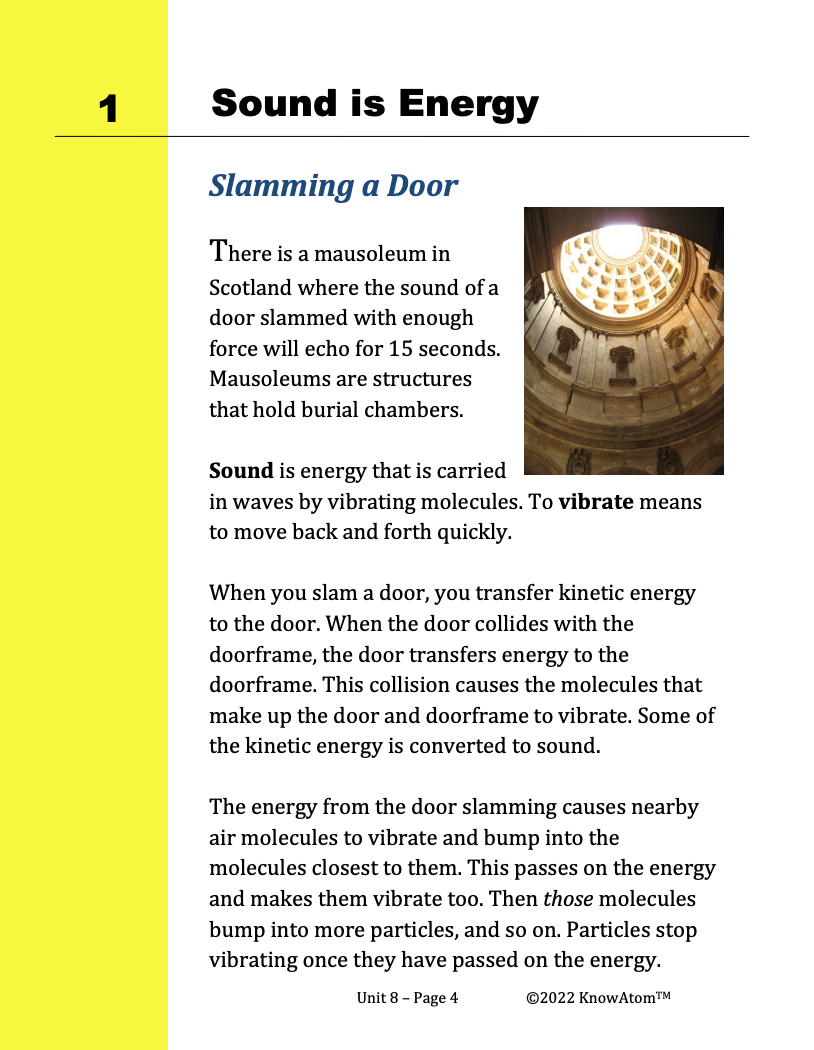
In this unit, students focus on how sound energy is transferred from one place to another in waves. In this engineering lesson, students apply what they have learned about sound energy to design a sound absorbing wall. This page highlights each component of this lesson.
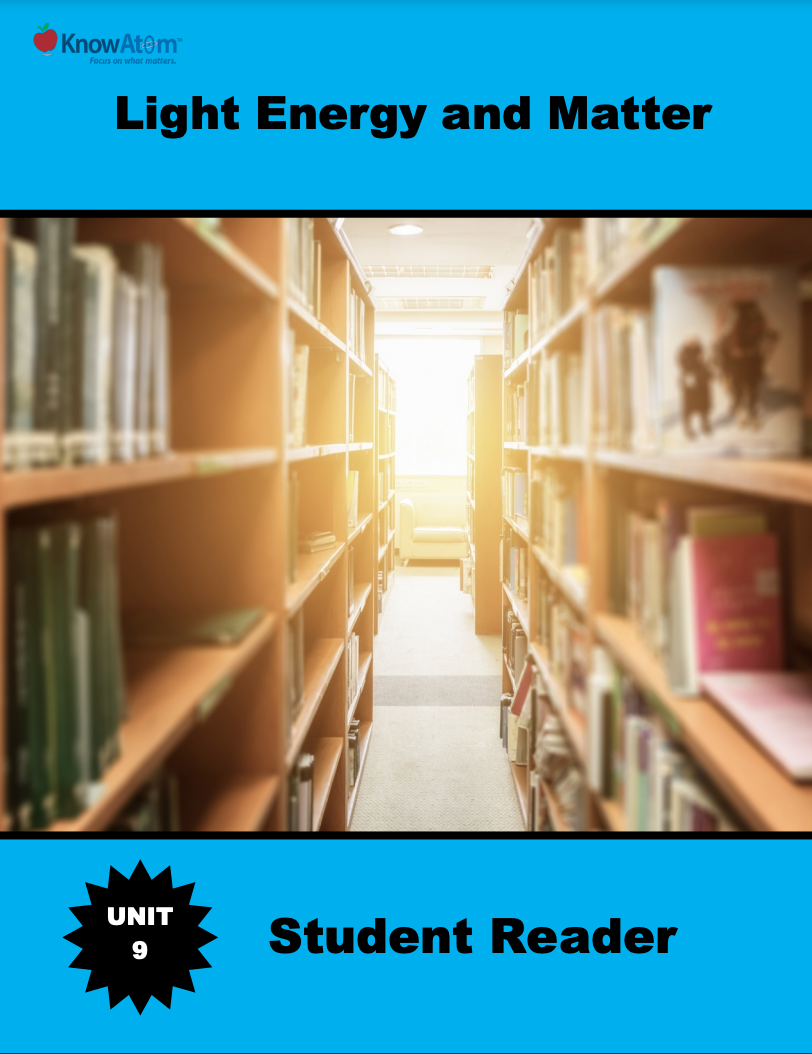
In this unit, students focus on light energy, investigating the science phenomena of how light moves when it interacts with different kinds of matter. Students use scientific knowledge about light to engineer a device that uses mirrors to redirect light. This page is a high-level extract of this lesson.
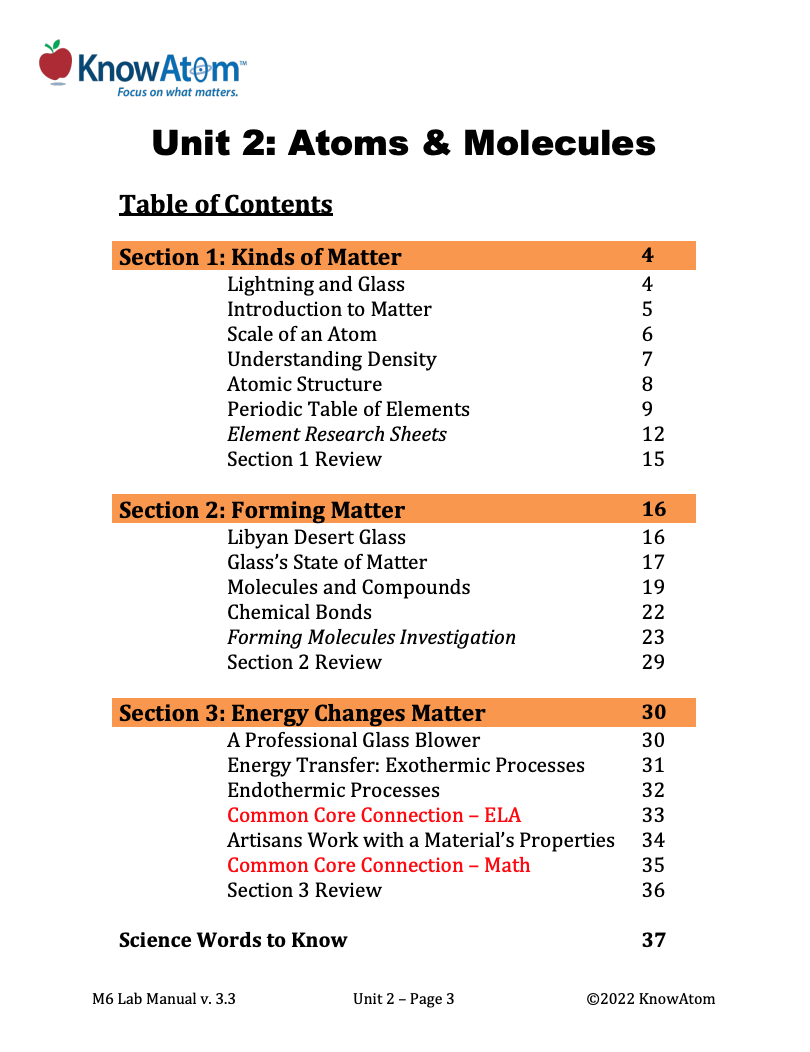
In this unit, students explore the science phenomena of interactions between energy and matter, analyzing how matter can only change when enough energy is present. In this lesson, they investigate the structure of molecules, relating this structure to the matter’s properties. This page is a high-level extract of this lesson.
Standards citation: NGSS Lead States. 2013. Next Generation Science Standards: For States, By States. Washington, DC: The National Academies Press. Neither WestEd nor the lead states and partners that developed the Next Generation Science Standards were involved in the production of this product, and do not endorse it.
